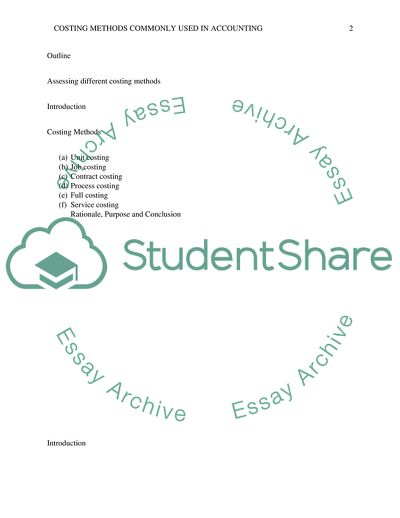Cite this document
(Costing Methods Commonly Used in Accounting Essay, n.d.)
Costing Methods Commonly Used in Accounting Essay. https://studentshare.org/finance-accounting/1771584-assessing-different-costing-methods-commonly-used-in-accounting
Costing Methods Commonly Used in Accounting Essay. https://studentshare.org/finance-accounting/1771584-assessing-different-costing-methods-commonly-used-in-accounting
(Costing Methods Commonly Used in Accounting Essay)
Costing Methods Commonly Used in Accounting Essay. https://studentshare.org/finance-accounting/1771584-assessing-different-costing-methods-commonly-used-in-accounting.
Costing Methods Commonly Used in Accounting Essay. https://studentshare.org/finance-accounting/1771584-assessing-different-costing-methods-commonly-used-in-accounting.
“Costing Methods Commonly Used in Accounting Essay”. https://studentshare.org/finance-accounting/1771584-assessing-different-costing-methods-commonly-used-in-accounting.


